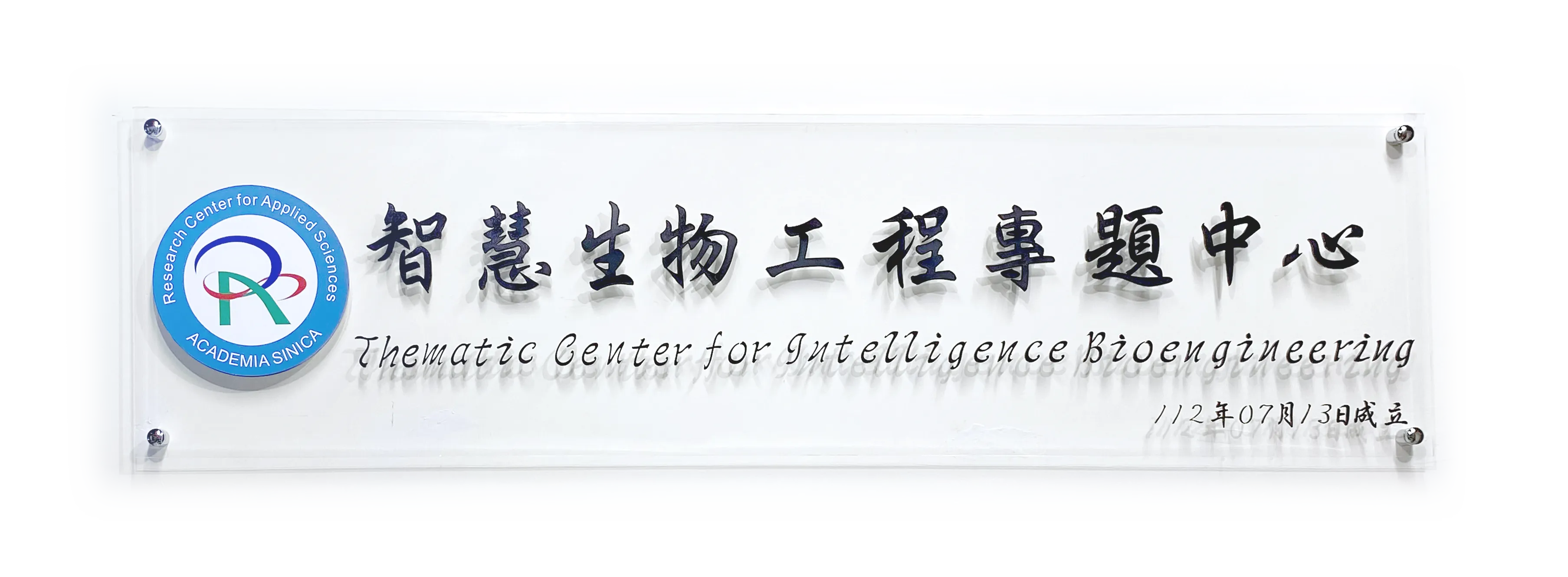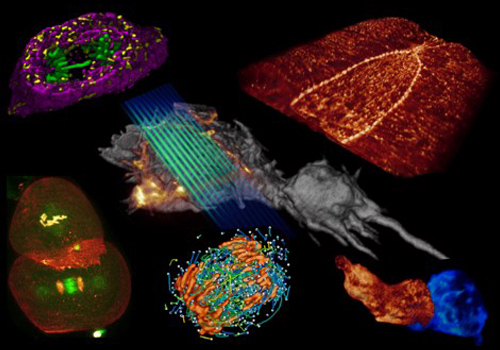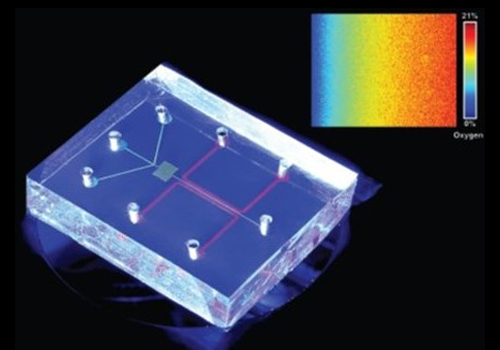
Our focus is on topics with potential industrial value in biotechnology or high-impact clinical applications. We aim to advance biomedical applications by developing innovative sensing, imaging, characterization, and fabrication technologies.
Our Members

Pei-Kuen Wei
Director of RCAS Research Fellow
Ji-Yen Cheng
Deputy Director of RCAS Research Fellow
Fu-Liang Yang
Distinguished Research Fellow
Jung-Hsin Lin
Research Fellow
Chau-Hwang Lee
Research Fellow
Jing-Jong Shyue
Research Fellow
Chih-Yu Kuo
Research Fellow
Yi-Chung Tung
Research Fellow
Bi-Chang Chen
Associate Research Fellow
Yu-Jung Lin
Assistant Research Fellow
Tung-Han Hsieh
Research Specialist
Shu-Yi Hsieh
Assistant Research SpecialistResearch Content
contract
Creating an integrated platform for high-performance drug discovery
contract
Revolutionize optical microscopy by achieving spatial resolution comparable to electron microscopy (EM), while retaining chemical information and the capacity for 3D imaging
Achievements
award_star
Field of Imaging and Sensing
- Innovated lightsheet expansion microscopy to match the resolution of electron microscopes.
- Applied cluster ion beams and secondary ion mass spectrometry to investigate organic-inorganic composites.
- Created a high-throughput drug screening platform that utilizes cellular traction forces.
- Developed a surface plasmon resonance (SPR)-based digital nanoplasmonmetry (DiNM) method for the sensitive detection of biomolecules, eliminating the need for labeling.
- Employed a 3D cell co-culture system to evaluate the synergistic effects of anti-fibrotic and anti-cancer drugs on lung cancer cells and cancer-associated fibroblasts. Through this research, we've identified four genes in fibroblasts that could potentially be suppressed by the anti-fibrotic drug nintedanib.
award_star
Field of Artificial Intelligence Integration
- Our "AI Deduction Learning Non-Invasive Blood Glucose Meter” earned the National Innovation Award.
- Introduced a unique computational approach to calculate the standard free energy of binding based on the statistical mechanics of biomolecular interactions in an all-atom explicit solvent description.This method has proven useful in protein-protein, protein-peptide, and protein-small molecule systems.
- Applied machine learning to Raman image spectra categorization for illicit drug detection.
- To aid in the development of biomedical sensors for pesticide molecules, we've synthesized various oligopeptide fragments and composite metal nanostructures.
award_star
Field of Drug Delivery
- Creating delivery systems for cold-mimetic and heat-mimetic compounds. We've designed a dissolving hydrogel system to release the cold-mimetic compound menthol gradually. This release mechanism triggers adipocyte browning, presenting a potential solution for obesity and associated metabolic disorders.
- Developed in vitro cell culture models based on microfluidics to examine blood vessel formation processes, like vasculogenesis and angiogenesis, in more life like microenvironments


